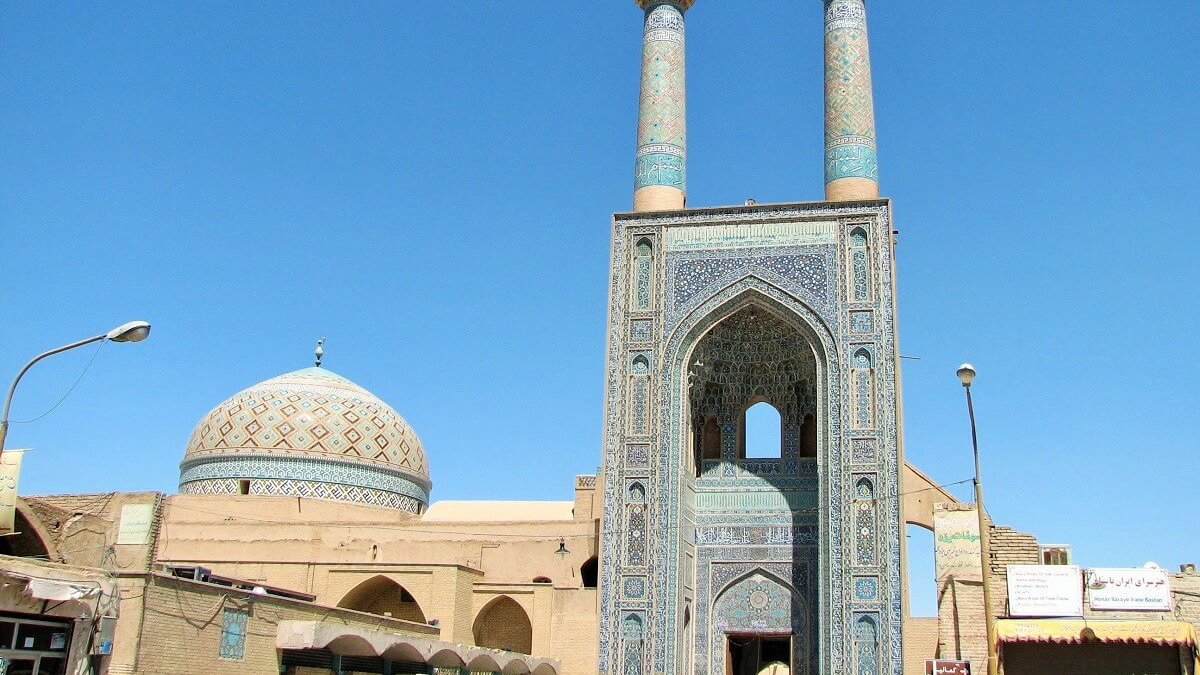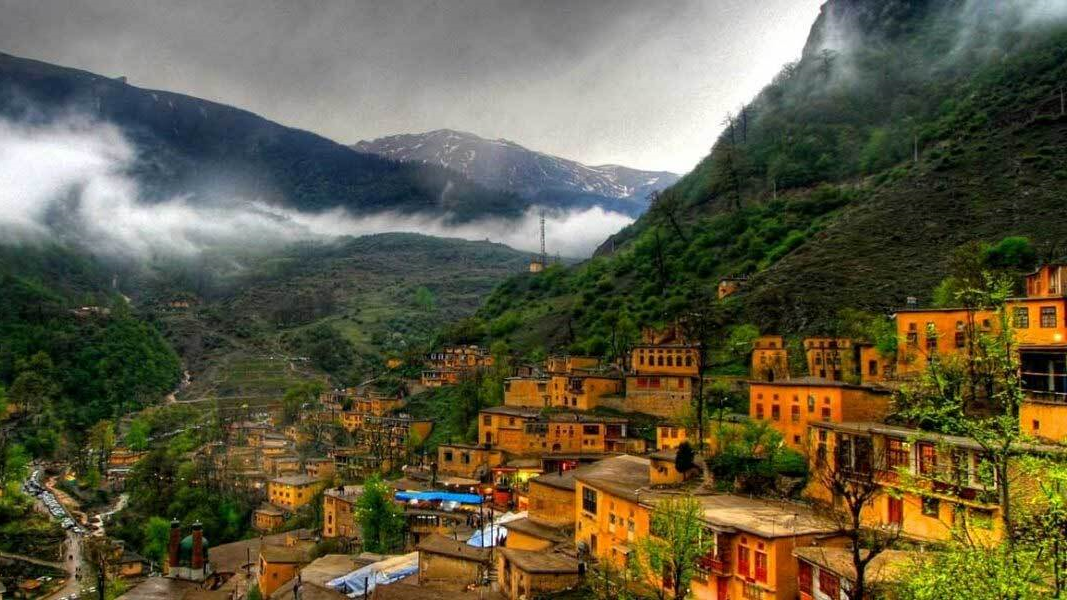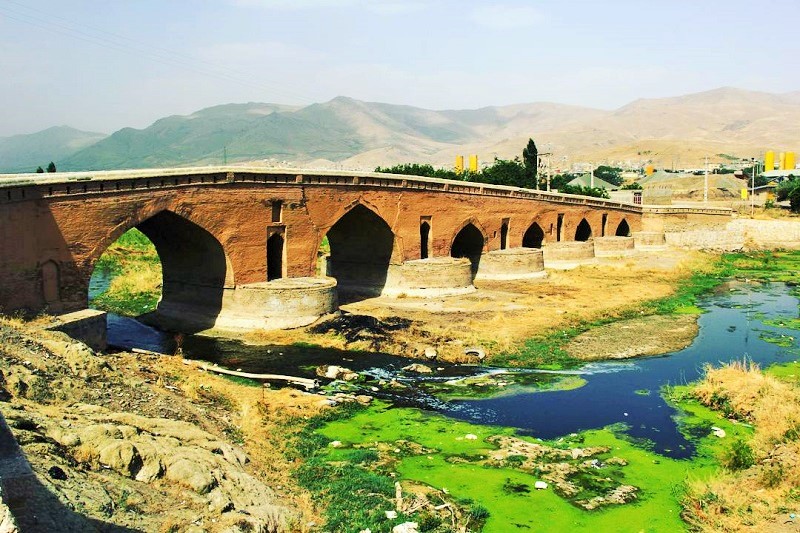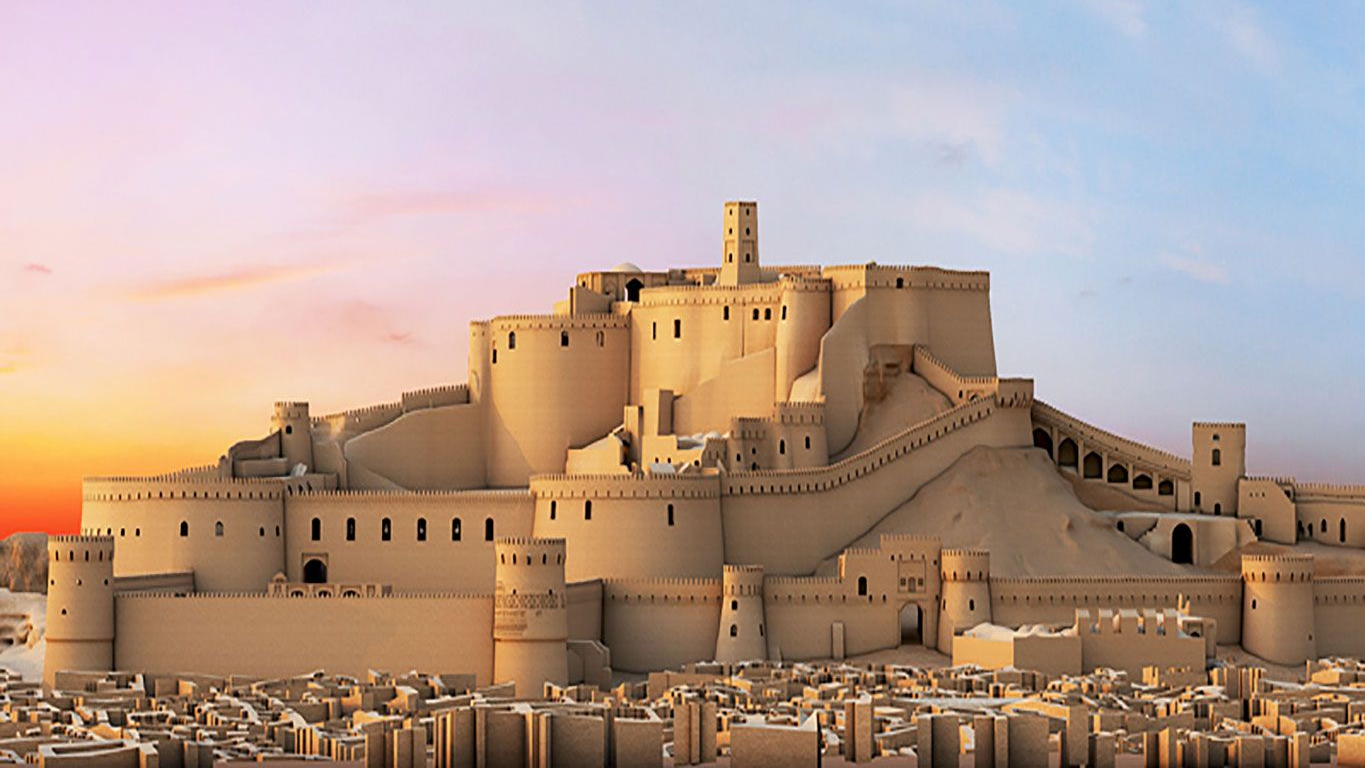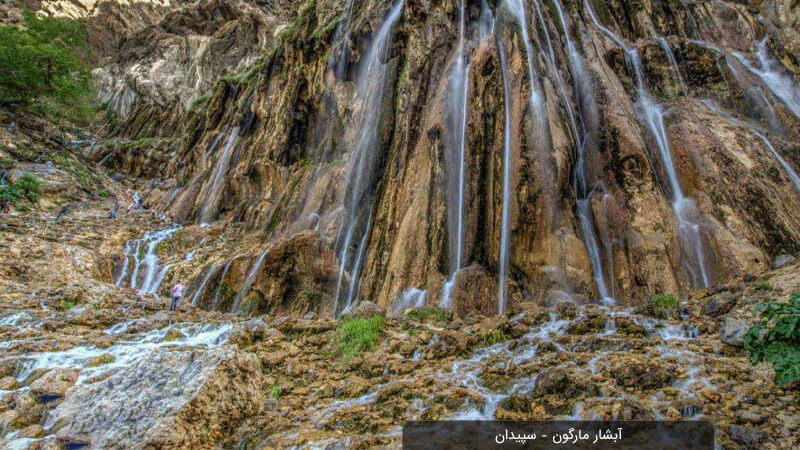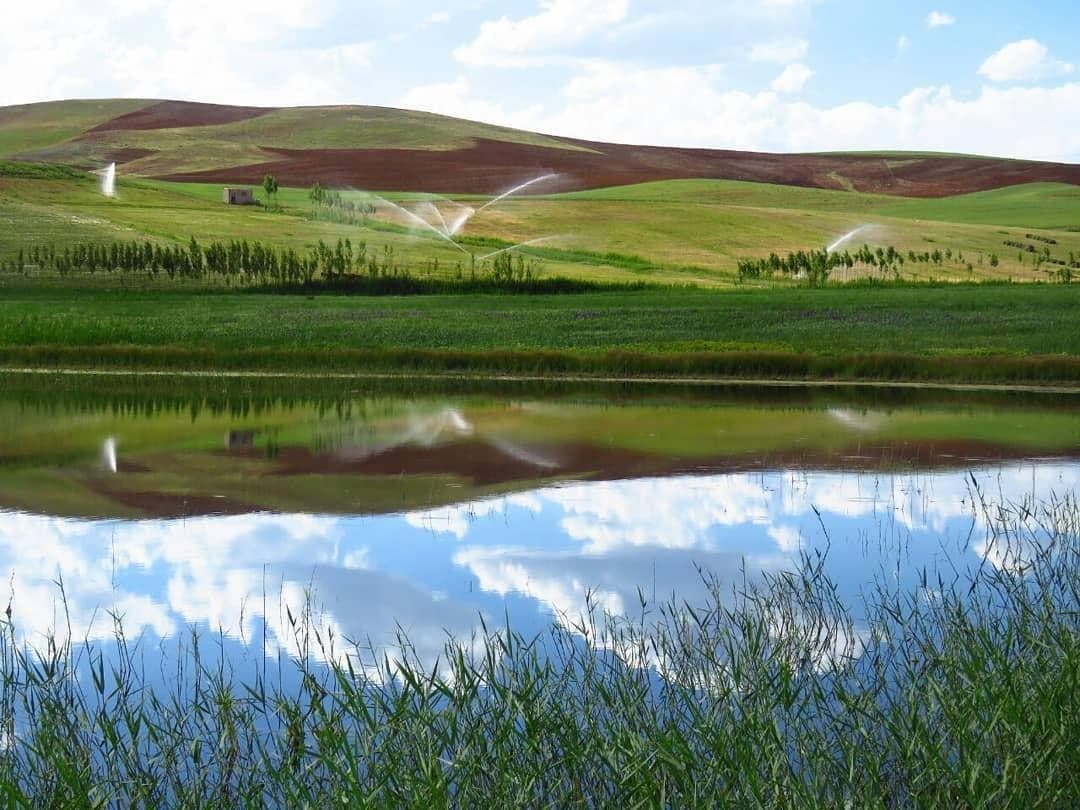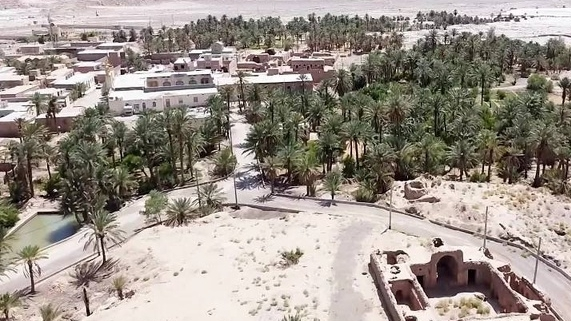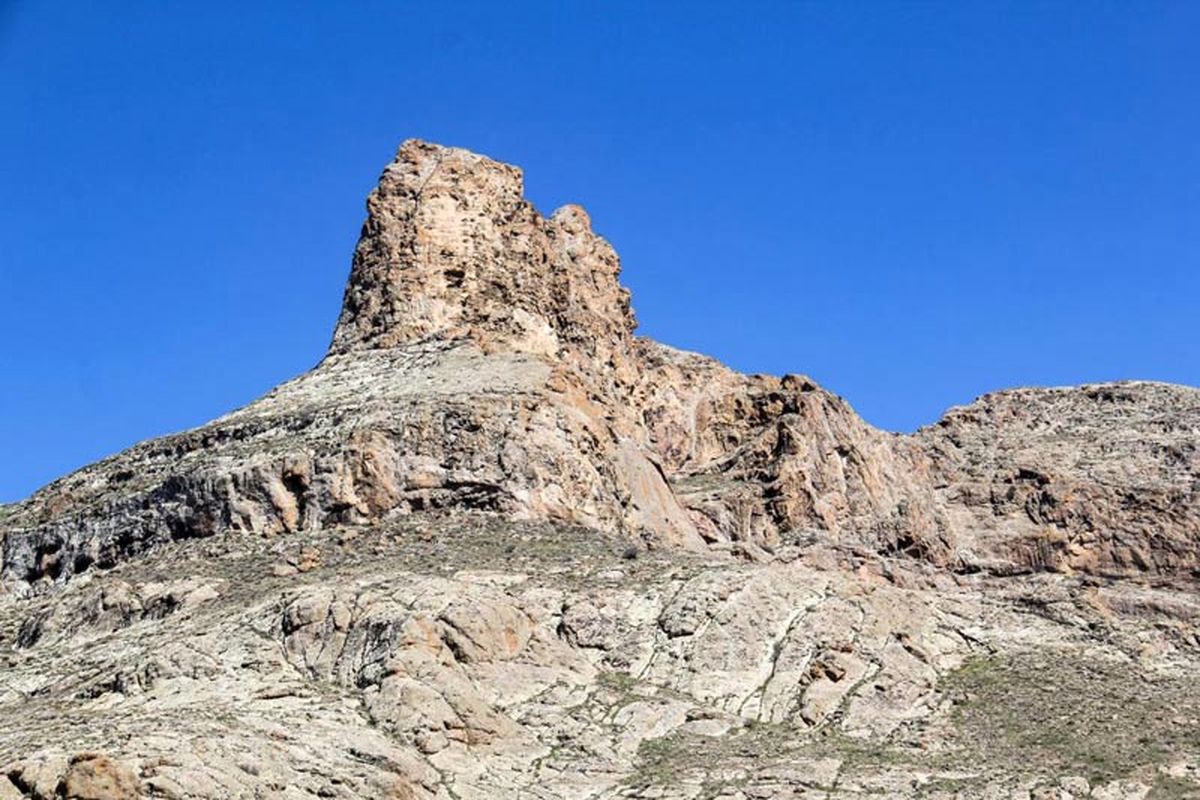
The Shisheh Village Inscription and the Ancient Shirbit Fortress: Hidden Attractions of the Qaradagh Mountains
The Qaradagh region and its mountains are a valuable yet little-known treasure of ancient heritage. Among these mountains lie the Shirbot (or Shirbit) Fortress and the Urartian inscription of Shusha (Shisheh) village — both considered among the most mysterious attractions of the area. Several carved stones shaped like animals and humans can also be seen here, each surrounded by local folk tales passed down through generations.
Shirbit Castle and the Beliefs of the Local People about ItThe Shirbit Fortress is located northeast of Ahar, near a village of the same name, about 28 kilometers from the city. To reach Shirbit, travelers must head from Ahar toward Kaleybar and take the Vargahan road. After passing through the villages of Kousalār and Babajan, the village of Shirbit appears along the roadside.
On the way from Shirbit village to the castle, a large stone shaped like a lion attracts attention. The villagers believe that this stone was once an idol (“bot”), and that the name of the village — Shirbot, meaning a lion-shaped idol — comes from it.
In the northeastern part of Shirbot Castle, the ruins of old walls can be seen, indicating its antiquity.
The castle’s location on the slopes of lush green hills, dotted with massive rock formations, adds to its beauty. A few kilometers southwest of Shirbot Castle lies another historic fortress known as Aq Qala (“White Castle”). Experts believe there might have been connections between these two castles, with Aq Qala serving as a supporting or secondary stronghold for Shirbot. According to some opinions, during the second millennium BCE, in the Parthian period, Aq Qala held particular importance.
The Inscription of Shisheh Village
Shisheh Village, located just south of Shirbit Village, is best known for its ancient inscription. The path leading to the inscription is unpaved and rocky in parts, making the journey somewhat challenging. The inscription lies to the east of a fortress known as “Buyuk Castle.” This fortress was originally built from carefully hewn rubble stones, but today only parts of its walls remain, standing as a silent witness to its ancient past.
The Discovery of the Shisheh Inscription During archaeological excavations conducted in 1998 (1377 SH), a rock inscription was discovered in this area. The inscription was written in cuneiform script and in the Urartian language. Translation of the surviving text indicates that it dates back to the reign of King Argishti II, the ninth ruler of Urartu, who reigned between 714 and 680 BCE. The Urartians were Iron Age kings whose realm included the lands surrounding Lake Urmia, Lake Van, the mountainous regions of Armenia, and parts of modern-day Turkey. They ruled between 860 and 600 BCE, controlling the trade routes of the Caucasus and the Caspian Sea, which brought them immense wealth. This prosperity is reflected in the distinctive and regal architecture of their surviving structures, which show that the Urartians possessed a remarkably advanced civilization for their time. The influence of their culture and architecture can be clearly seen in the later civilizations of the Medes and Achaemenids, who subsequently ruled over Iran.
The red, buff, and gray pottery fragments discovered in various parts of the area, along with the remains of a cemetery located above the fortress, indicate the great prosperity of this region in ancient times. It appears that the fortress, now in ruins, served as a settlement for local inhabitants during different historical periods.
Another remarkable attraction in this area consists of two pyramid-shaped stones, one of which bears a form resembling a human head and face. Locals refer to these stones as “Gelin Daşı,” meaning “human-like stone.” According to local folklore, Gelin Daşı represents a bride who was cursed and turned into stone. To the south of these stones, there are also two human-shaped statues with long beards, adding to the mysterious atmosphere of the site.
National RegistrationThe cemetery, fortress, and inscription of Shisheh (Shusha) village were inscribed on Iran’s National Heritage List in 2001 (1379 SH). Shirbit Castle was also registered in 2008 (1386 SH). All of these monuments date back to the first millennium BCE.
| Name | The Shisheh Village Inscription and the Ancient Shirbit Fortress: Hidden Attractions of the Qaradagh Mountains |
| Country | Iran |
| State | East Azerbaijan |
| City | Ahar |
| Type | Historical |








Choose blindless
Red blindless Green blindless Blue blindless Red hard to see Green hard to see Blue hard to see Monochrome Special MonochromeFont size change:
Change word spacing:
Change line height:
Change mouse type:
